
Prepare Your Garden Spaces for Fall Planting
- Clean areas of unwanted weeds and debris.
- Break up the soil and add organic matter like Cotton Burr Compost, and turn or till it in.
- Mix in dried molasses and organic fertilizer like Medina Growin’ Green.
- Water and let it rest until you are ready to plant.
- Keep it watered to encourage beneficial microbes in the soil.
Read: Organic Gardening
Read: Comfort for Summer: Shade Cloth
Watch: A Great Trick to Green Up Your Lawn & Garden!
What To Plant
 Late Summer Vegetable Transplants
Late Summer Vegetable Transplants
Plant tomato, eggplant, and pepper transplants after August 10th. Be sure to keep watered well and evenly shaded from the hot afternoon sun.
Read: Homegrown Tastes Best
Garden Guide: Fall Tomatoes
 All container grown trees, shrubs, and vines.
All container grown trees, shrubs, and vines.
Garden Guide: Planting Trees, Shrubs, and Groundcovers
Read: Crape Myrtle Season
Prune
- Continue removing faded flowers from annuals and perennials to encourage new blooms.
- Faded blooms and seed pods from crape myrtle to promote additional blooming
- Dead wood from trees and shrubs
- Trim plants as needed to maintain size and shape.
- Palms as needed
- Poinsettias early in month – last pruning for December color
Water
- Check all newly planted material for water every day.
- Check pots, containers and hanging baskets often, as they dry out quickly and need more water.
- Apply mulch as needed to help conserve moisture.
- Make arrangements for someone to water if leaving for more than 2 days, especially with new plants.
- Follow City Water Restriction Guidelines.
Fertilize
Lawn Care
- Organic fertilizers such as Milorganite, and Medina Growin Green are excellent fertilizers that feed plants and soil and are the best choice during hot, dry periods.
- Lay new sod anytime, and Bermuda seed anytime this month.
- Apply organic Nature’s Blend, or conventional Hi Yield Iron Plus to yellow spots in lawn.
- Mow as required. Keep St. Augustine cut to about 3”, Bermuda at 1” – 2”.
- Watch for Chinch Bugs and Grub Worms.
- Water well every 7 to 10 days.
Read: Use the Cycle Soak Method
Garden Guide: Lawn Care
Watch Out For
Mealy bugs
Treat organically with Neem Oil, Spinosad Soap, or Bee Safe 3-in-1 or conventionally with Cyonara or Bonide Systemic.
Read: Mealy Bugs are Here!
Chinch bugs in lawns
Treat organically with Spinosad or Diatomaceous Earth, or conventionally with Cyonara.
Spider mites
Treat organically with Neem Oil, Spinosad Soap, or Bee Safe 3-in-1 or conventionally with Cyonara or Bonide Systemic.
Note: Spraying your plants with seaweed extract helps repel spider mites, and it’s good for your plants too!
Fleas and ticks
Treat lawns organically with Spinosad, or Diatomaceous Earth, or conventionally with Cyonara.
Borers in mesquites, ash, and yucca
Treat organically with Spinosad.
Fungus, Powdery Mildew
Treat organically with Fungicide 5, Neem Oil, or Bee Safe 3 in 1, or with Fertilome Broad Spectrum Fungicide, or Systemic Fungicide.
Unwanted caterpillars – remember that many caterpillars turn into the butterflies that we love and enjoy!
If necessary, treat organically with Thuricide or Spinosad.
Read: Darn Those Summer Bugs!

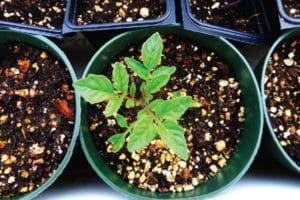
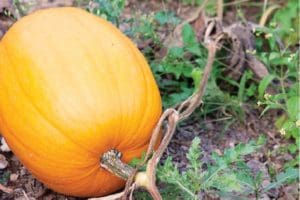


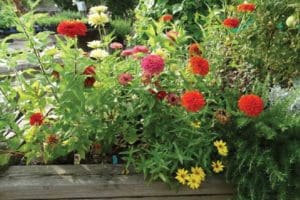
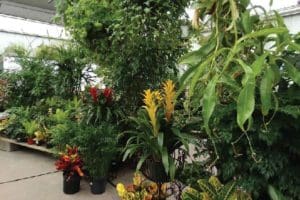
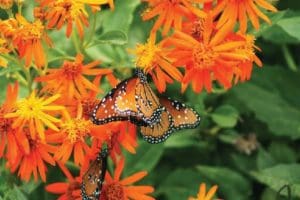
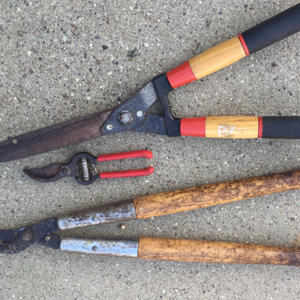

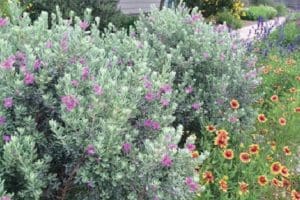
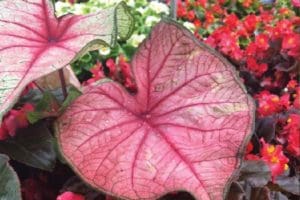
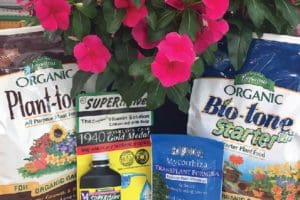
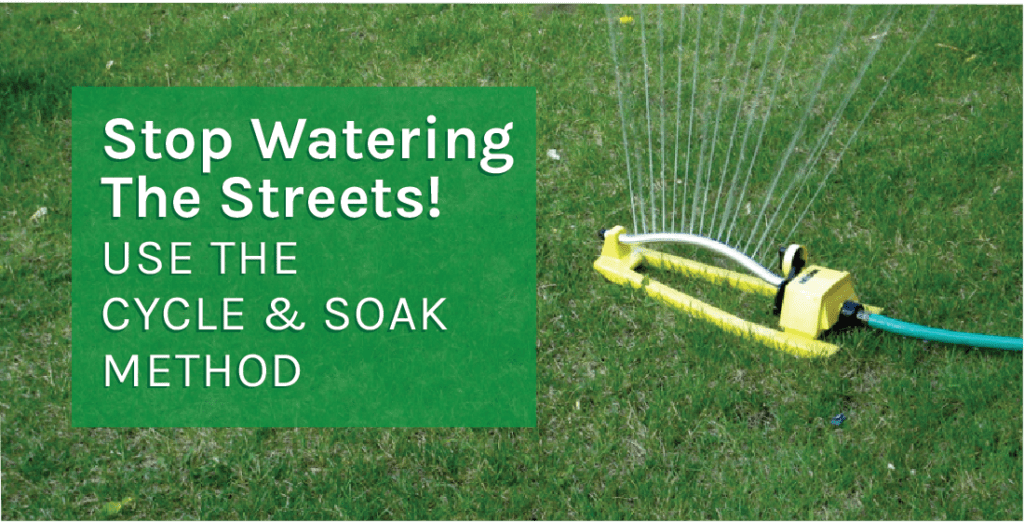
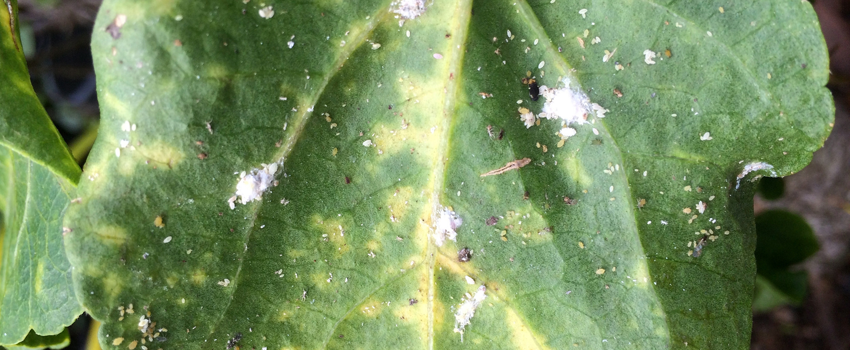





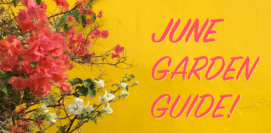
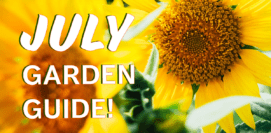







Lorraine says
Is it time to plant mandarin orange citrus trees and do you have them in stock?
Jesse says
Hi Lorraine – our best seasons for planting citrus are Spring and Fall. We will have a new crop of citrus trees late Aug/Early Sept. including mandarin oranges.
Verna says
I’d like to plant 1 or 2 citrus trees this year. Do you carry dwarf varieties that can be planted in large pots? Do you have any videos or can you recommend any that I can watch to learn how to plant and care for citrus trees in pots? Thanks for any help you can offer!
Jesse says
Hi Verna – we will have some dwarf limes and dwarf lemons available, possibly today. Give us a call later this afternoon to check. Really, most varieties of citrus can be grown in a large container. They don’t necessarily have to be the dwarf varieties. Here is our citrus planting video – most of these tips apply to growing in containers as well: https://www.youtube.com/watch?v=0mppxTa22K8
For pots – be sure you have a good quality potting mix (soil) and good drainage. Then place the pots in an area where they get at least a 1/2 day of sun. And feed with Citrus Tone when you plant and again in February.